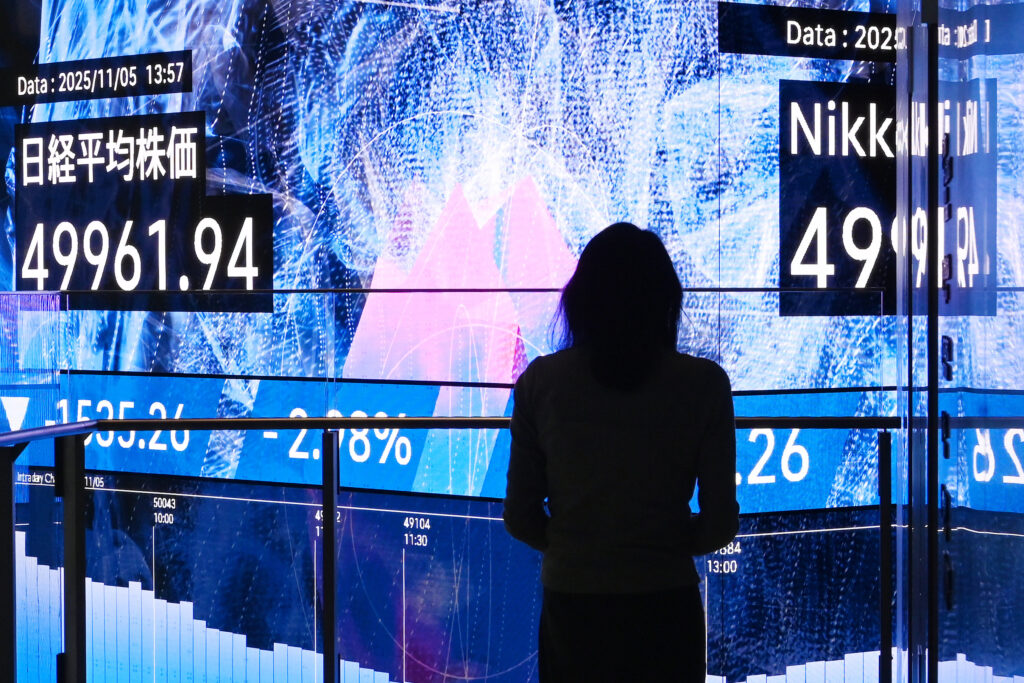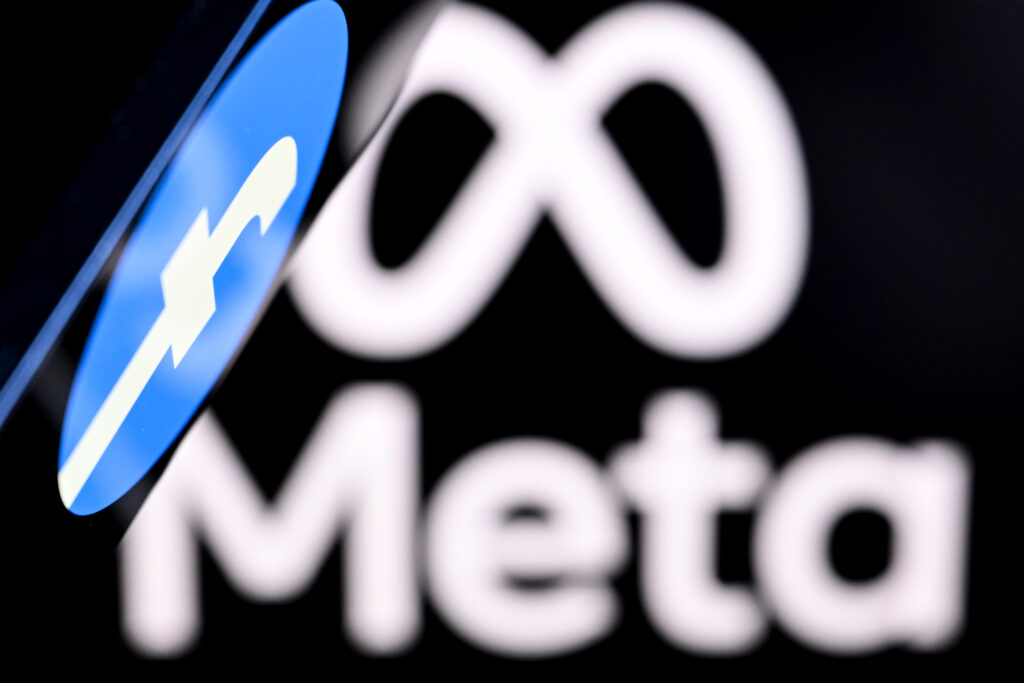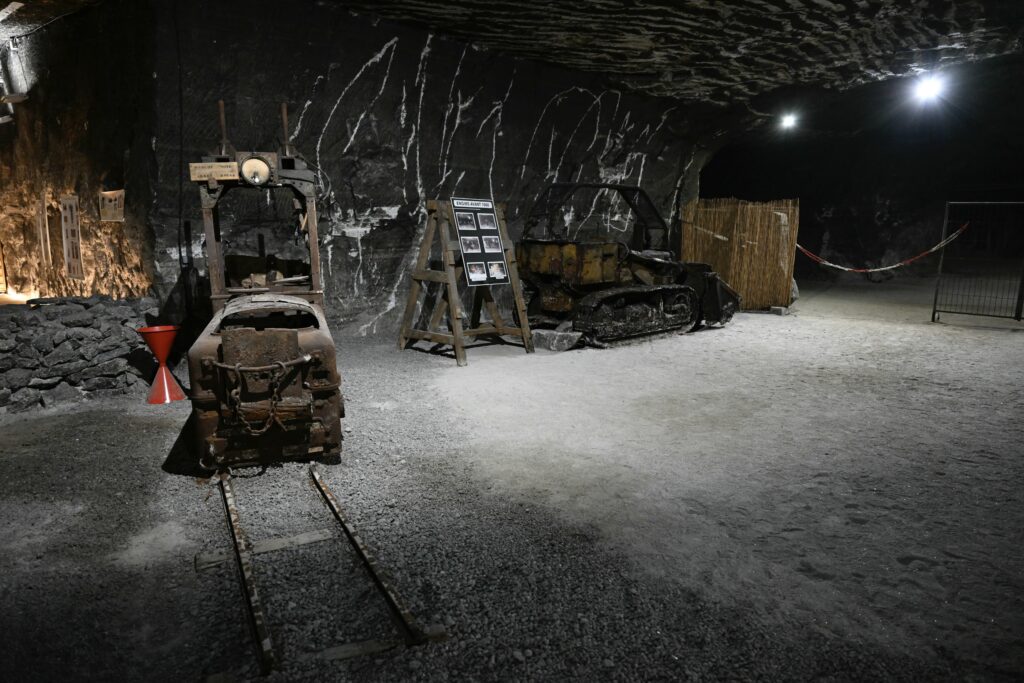Markets mixed as traders struggle to hold Fed cut rally
Asian and European markets were mixed Thursday after the latest batch of US data reinforced expectations that the Federal Reserve will cut interest rates for a third successive time next week.Wall Street rose for a second straight day after a minor selloff on Monday, though regional traders moved a little more tentatively as worries over extended valuations in the tech sector continued to linger.Bets on a US reduction on Wednesday have surged to around 90 percent in the past two weeks, after several Fed officials backed such a move saying supporting jobs was more important than keeping a lid on elevated inflation.The need for more action was further stoked by data from payrolls firm ADP showing 32,000 posts were lost in November, compared with an expected rise of 10,000, according to Bloomberg.”Hiring has been choppy of late as employers weather cautious consumers and an uncertain macroeconomic environment,” ADP chief economist Nela Richardson said.The reading was also the most since early 2023 and is the latest example of a stuttering labour market.”Right now, the data argues for additional Fed funds rate cuts. US labor demand is weak, consumer spending is showing early signs of cracking, and upside risks to inflation are fading,” Elias Haddad, of Brown Brothers Harriman & Co, wrote.After New York’s advance, Tokyo rallied more than two percent, with Hong Kong, Sydney, Taipei and Bangkok also up, along with London, Paris and Frankfurt.Shanghai, Seoul, Singapore, Wellington, Manila, Mumbai and Bangkok slipped.A healthy 30-year Japanese government bond sale provided some support as it slightly eased tensions about a posible rate hike by the central bank this month. The news compounded a strong response to a 10-year auction earlier in the week that settled some nerves.On stocks, Pepperstone’s Michael Brown said in a note: “Path continues to point to the upside, with the bull case remaining a very solid one indeed, and with participants seeking to ride the coattails of the rally higher, especially amid the increased influence of FOMO/FOMU flows as we move into the end of the year.”However, while market players remain confident that the Fed will continue to cut interest rates into the new year, economists at Bank of America still had a note of caution.”The most immediate source of volatility remains the US Federal Reserve,” they wrote.”While inflation has moderated and the trajectory of policy easing is intact, uncertainty around timing persists. Any delay in rate cuts could remain a source of volatility.”On currency markets the Indian rupee wallowed at record lows of more than 90 per dollar as investors grow increasingly worried about a lack of progress in trade talks with Washington, as observers say Donald Trump’s 50 percent tariffs are taking a toll on the economy.- Key figures at around 0815 GMT -Tokyo – Nikkei 225: UP 2.3 percent at 51,028.42 (close) Hong Kong – Hang Seng Index: UP 0.7 percent at 25,935.90 (close)Shanghai – Composite: DOWN 0.1 percent at 3,875.79 (close)London – FTSE 100: UP 0.1 percent at 9,701.92 Euro/dollar: DOWN at $1.1663 from $1.1667 on WednesdayPound/dollar: DOWN at $1.3337 from $1.3352Dollar/yen: UP at 155.25 yen from 155.23 yenEuro/pound: UP at 87.45 pence from 87.39 penceWest Texas Intermediate: UP 0.7 percent at $59.36 per barrelBrent North Sea Crude: UP 0.6 percent at $63.04 per barrelNew York – Dow: UP 0.9 percent at 47,882.90 (close)




